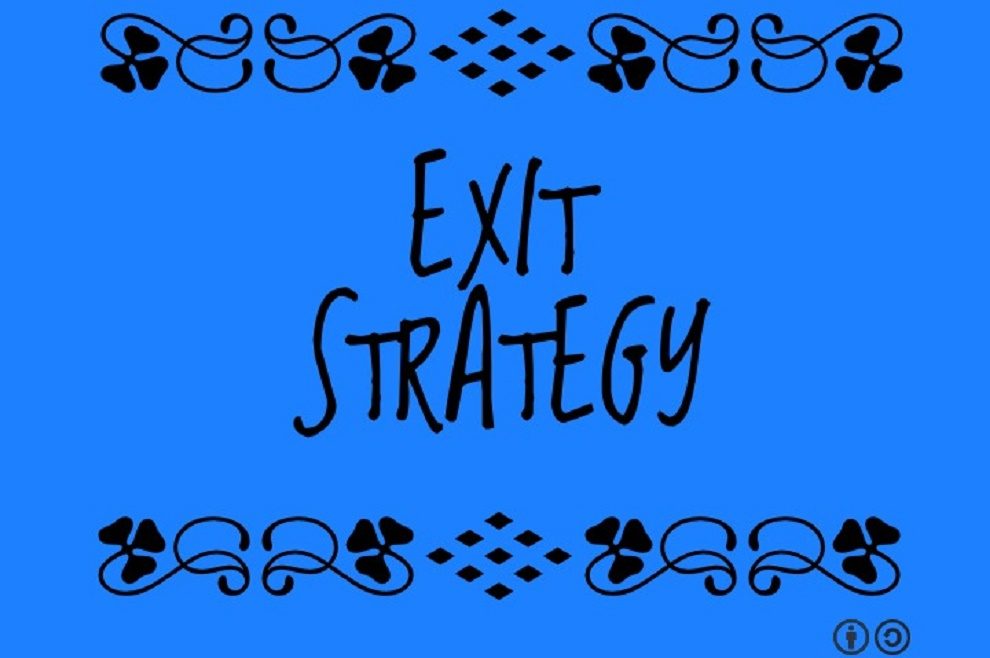A few years ago, the stock market was in the midst of a positive surge. It was the spring of 2013 and the Dow was on a hot streak of finishing higher at the closing bell than it was at the outset of the day. As a result, some traders were caught chasing prices and latching onto rising investments. Even then, one thoughtful analysis kept strategy in perspective with one simple piece of advice: always have an exit strategy.
It’s something that a lot of investors, and particularly beginners, don’t necessarily think of. The primary focus tends to be on buying low and selling high (or at least trying to), and there’s often far less thought devoted to what happens when the price of an investment falls, or dips below the point at which you initially bought it. Naturally this leaves a trader vulnerable to the problem of holding onto an investment for too long.
Generally speaking, there are two different ways to prepare to make an exit: a stop-loss order, and a limit order. These are essentially cause-related actions that you set up your investing account to perform on its own. A stop-loss order closes out your trade when that trade has gone against you to a pre-determined amount. A limit order, meanwhile, is actually a means of closing out a trade that’s been profitable when it reaches a certain peak, before the tide can turn negatively. Both concepts are designed to protect you, as the trader, from dangerous tendencies, either to blindly ride gains or to stubbornly hold onto losses in the hopes of a turnaround.
More specifically, an exit strategy can accomplish two vital tasks. First, it serves as a fail-safe in the event of a sudden reversal in trends that you may not have been able to predict on your own. For instance, if you set a limit order at a peak you believe is realistic, and the asset just barely crosses that threshold before a sudden reversal causes it to lose a substantial amount of its value, you’re covered because your limit order would have withdrawn your funds. The other task is that limits and exit strategies effectively negate the impact of emotion. Even experienced traders can get caught up in stubborn desires to see an investment through, casting strategy aside in favor of hope and enthusiasm. Exit strategy limits stop these traders from acting on these emotions.
Ultimately, the best explanation of why exit strategies are vital for traders was provided, somewhat accidentally, by billionaire Mark Cuban. In giving his 12 key rules for start-up businesses, Cuban said that if you have an exit strategy, it’s not an obsession. This is a good point for a small business owner—but it also illustrates why an exit strategy is necessary in trading. A given investment should be anything but an obsession, which makes the exit strategy appropriate. The idea is pure practicality and reason.












Add Comment